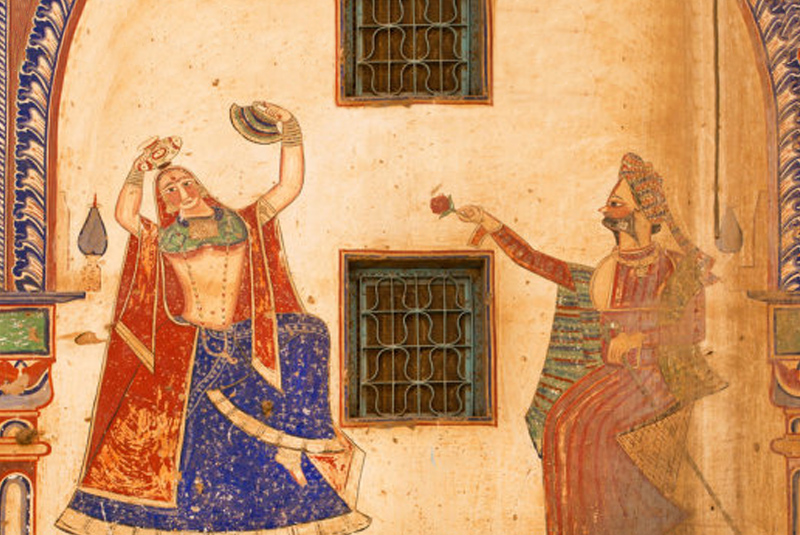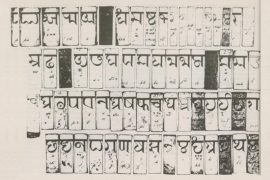In the hallowed walls of a mansion in Old Delhi resided a tawaif (courtesan), named Nur Bai. Men, most of them nobles, clamoured to get a glimpse of her – and every night Mughal elephants blocked the lanes outside her house.
In the 18th century, in the twilight years of the of Mughals, Nur Bai claimed the hearts, minds, and bodies of the rich and powerful men. Nasir-ud-Din Muhammad Shah was one of them. He had become emperor at the age of 17 and was uninterested in governance.
A patron of pleasure, Nasir indulged in wine, women, and music – and acquired the sobriquet ‘Rangila,’ meaning colourful. His courts frequently witnessed lively gatherings – called Mehfils – where he patronised artists in the gardens of the Red Fort. The tawaifs of Old Delhi were a frequent presence in such parties, performing various roles.
Like Rangila, Latif Khan, an overbearing and generous noble, was one of Nur-Bai’s patrons. She occasionally graced Khan’s parties and entertained other high ranking nobles with the voice of a bulbul and mystically beautiful appearance.
Copyright©Madras Courier, All Rights Reserved. You may share using our article tools. Please don't cut articles from madrascourier.com and redistribute by email, post to the web, mobile phone or social media.Please send in your feed back and comments to [email protected]











